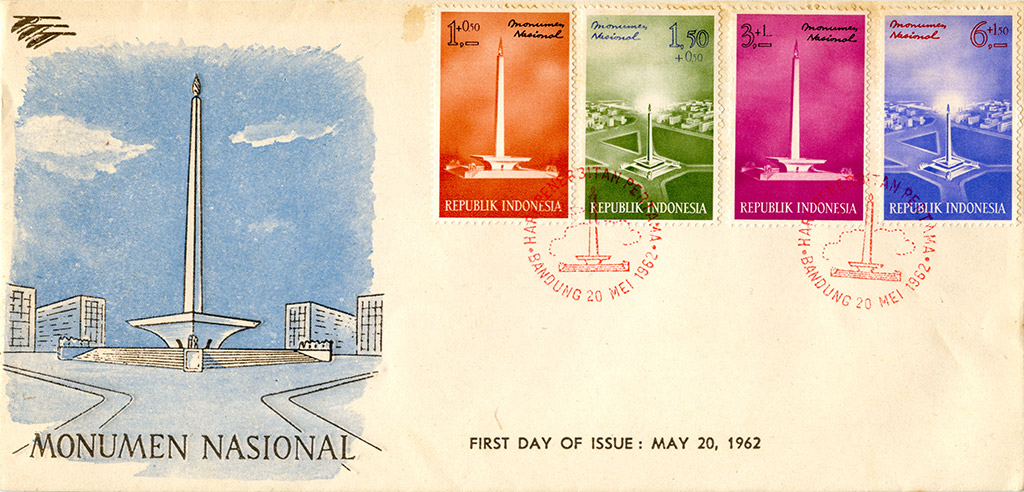
About Jakarta
Jakarta is the capital of the Republic of Indonesia. The city is located on the northwest coast of the island Java and extends over an area of 661.52 square kilometres. With over 10 million inhabitants it is the largest city in Southeast Asia, and with about 30 million inhabitants in the metropolitan region it is the second largest urban agglomeration in the world.
Indonesia is the world’s largest island state and, with over 264 million inhabitants, the fourth most populous country in the world. The population is made up of over 30 major ethnic groups, the largest of which are of Malay origin. In terms of religion, about 87% of the population is Muslim, and about 10% are Christian (Protestant or Roman Catholic) or adherents of Hinduism (mainly in Bali and East Java), Confucianism and animist religions. Today Indonesia is a presidential republic – the president is both head of state and head of government and commander-in-chief of the armed forces. Joko Widodo has been President of Indonesia since 2014.
After almost 100 years of Portuguese dominance, the Dutch colonized the country around 1600. In spring 1942, the Japanese army began to occupy the Dutch East Indies (now Indonesia). The Dutch surrendered in March 1942. Still under Japanese occupation, Indonesia declared itself independent of the Netherlands in March 1943. Japanese rule ended on 15 August 1945 with their surrender. On 17 August 1945, Sukarno and Mohammad Hatta proclaimed Indonesia’s independence, and in 1949 the transfer of sovereignty was signed in Amsterdam.
In the new Republic of Indonesia, its first president, Sukarno, called for a new architecture, which would become a model for nation building in the mid-1950s: “Build up Jakarta as beautiful as possible, build it as spectacularly as possible, so that this city, which has become the centre of the struggle of the Indonesian people, will be an inspiration and beacon for all of struggling mankind and for all the emerging forces,” he said. The architectural evidence of colonial rule was to give way to a radically modern, international style, as an expression of his concept for “guided democracy”. After a bloody military coup, General Suharto took power in 1965 and ruled as a dictator until 1998. Suharto’s “New Order” brought Western-oriented economic policy to the country, paired with the idea of reinventing Indonesian tradition and culture as a national identity.
SEAM Space Jakarta
The SEAM Space Jakarta comprised two parts:
Occupying Modernism: Impressions on Indonesian Modern Spaces
Curated by Setiadi Sopandi and Avianti Amand, Occupying Modernism reflected on how Indonesians have rendered their spaces of modern architecture.
From, by, and for whom? – an archive exhibition that investigated the diorama-making process of Indonesia’s eminent sculptor Edhi Sunarso and a workshop that navigated the contemporary perception of the dioramas into curatorial practice.
A contribution by ruangrupa/gudskul, curated by farid rakun and Grace Samboh.
Information on the programme in Jakarta can be found here.
